BORN: (EXACT DATE UNKNOWN) 1650, NEAR HONFLEUR, FRANCE
DIED: JANUARY 14, 1705, PARIS, FRANCE
NATIONALITY: FRENCH
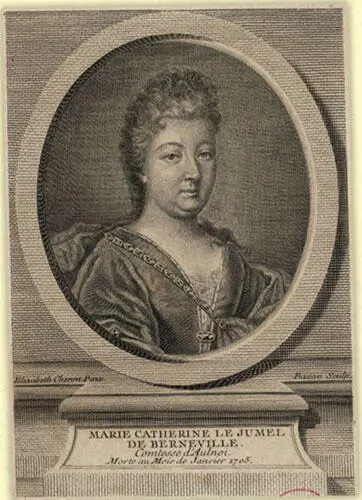
Countess d’Aulnoy, in an 18th-century engraving
FAIRY TALES FOR GROWN-UPS
Marie-Catherine Le Jumel de Barneville, also known as the Countess d’Aulnoy or Madame d’Aulnoy, was a 17th-century novelist and fairy-tale writer. Many of her works told of intrigue and scandal, just like her own personal life. As a young wife, Marie is rumored to have conspired with her mother to make up false accusations about her husband. When the plot backfired, Marie had to leave France for 15 years. During this time, she traveled in Spain, England, and Holland. Her adventures fed into her stories, and when she returned to France in 1685, she began her literary career. At the time, literary salons (where writers would share stories out loud) were fashionable. Marie hosted her own popular salon, and her work was soon published.
Marie’s novels were very popular across Europe. They told fictionalized accounts of history in the royal European courts. However, it was her fairy tales ( contes de fées ), first published in 1707, for which she is best known. Marie coined the term “fairy tales” for the popular folk tales featuring fantasy characters and magic. The Brothers Grimm would become famous for their own collections of such tales over 100 years later. While Marie’s tales are less well known today, she made a huge contribution to the genre that helped create the tales we love today.
FAIRY TALE CHARACTERS

RAPUNZEL
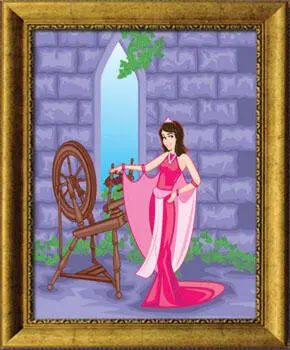
AURORA (FROM SLEEPING BEAUTY)

SNOW WHITE
Fairy tales are fantasy stories—often, but not always, for children—that feature magic and include creatures such as fairies, elves, and dragons. Countess d’Aulnoy coined the term contes de fées (fairy tales) in the 17th century, grouping together this style of story. Traditionally, these tales were told out loud and passed down from generation to generation. The Grimm Brothers, Charles Perrault, Countess d’Aulnoy, and Hans Christian Anderson all collected these stories, and they have become the tales we know and love today.
Many fairy tales have a girl or woman at the center of them, such as Cinderella, Sleeping Beauty, and Rapunzel. In some cases, these women are able to make their own choices and rescue themselves. However, in several retellings that are now common today, these women often need to be rescued by someone else. There is a modern trend to give women in these stories a sense of their own control once again, as can be seen in current versions of these stories on the big screen, such as Tangled and Enchanted .

LITTLE RED RIDING HOOD

CINDERELLA
JUANA INÉS DE LA CRUZAUTHOR, ACTIVIST, AND EARLY FEMINIST
FULL NAME: Juana Inés de la Cruz
BORN: NOVEMBER 12, 1651, SAN MIGUEL NEPANTLA (NOW TEPETLIXPA), MEXICO
DIED: APRIL 17, 1695, MEXICO CITY, MEXICO
NATIONALITY: MEXICAN
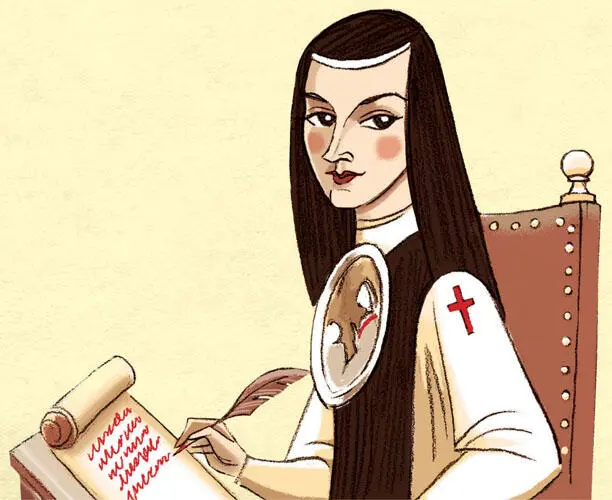
“I don’t study to know more, but to ignore less.”
JUANA INÉS DE LA CRUZ
TEENAGE WONDER
Almost 400 years ago, Juana Inés de la Cruz was her generation’s Malala ( see here ). An outspoken activist for women’s right to an education, Juana’s scholarly work became known throughout Mexico—and as far as Spain—when she was still a teenager. Aged 16, Juana decided to become a nun in Mexico City, as it would give her the freedom to study and write. At the time, living as a nun was one of the only options for a girl who wanted to pursue these activities. As a nun, Sor (Sister) Juana wrote poetry, plays, and essays, challenging social norms and defending women’s rights. Juana found her own access to education—as she was entirely self-taught. From 1669 until the end of her life, Juana lived at the Convent of Santa Paula, where she wrote, taught music and drama, composed music, and worked as the convent’s accountant and archivist. She built up one of the largest private libraries in the New World. (The “New World” was an early European name for the Americas.)
THE TENTH MUSE
Unlike many writers and artists throughout history, Juana was successful in her lifetime, during the Golden Age of Spanish arts. Her nickname was the “Tenth Muse.” She was a very talented writer and set her hand to many different genres and styles. She was also the unofficial royal court poet in the 1680s. The characters in her plays included women who were both brave and clever, and her religious works praised the learned female saints. Eventually, the Church disapproved of her writing and her beliefs, instructing her to focus on religious studies. However, Juana defended herself admirably, while also asserting all women’s right to knowledge: “One can perfectly well philosophize while cooking supper.”
Juana has lived on as a lasting icon of many things: Mexican identity, early feminism, and independence. In the 20th century—thanks, in part, to the work of Mexican artists Diego Rivera and Frida Kahlo ( see here ) and contemporary artists—Juana became famous again. (She can be seen in Rivera’s 1947 mural, Dream of a Sunday Afternoon in the Alameda Central in Mexico City, Mexico.) Her ideas and accomplishments were ahead of their time, but the world has finally caught up. She is credited as the first published feminist of the New World and an outstanding writer of her period. Today, Juana’s portrait is on Mexican currency and she remains an inspiration to modern artists, scholars, and feminists.
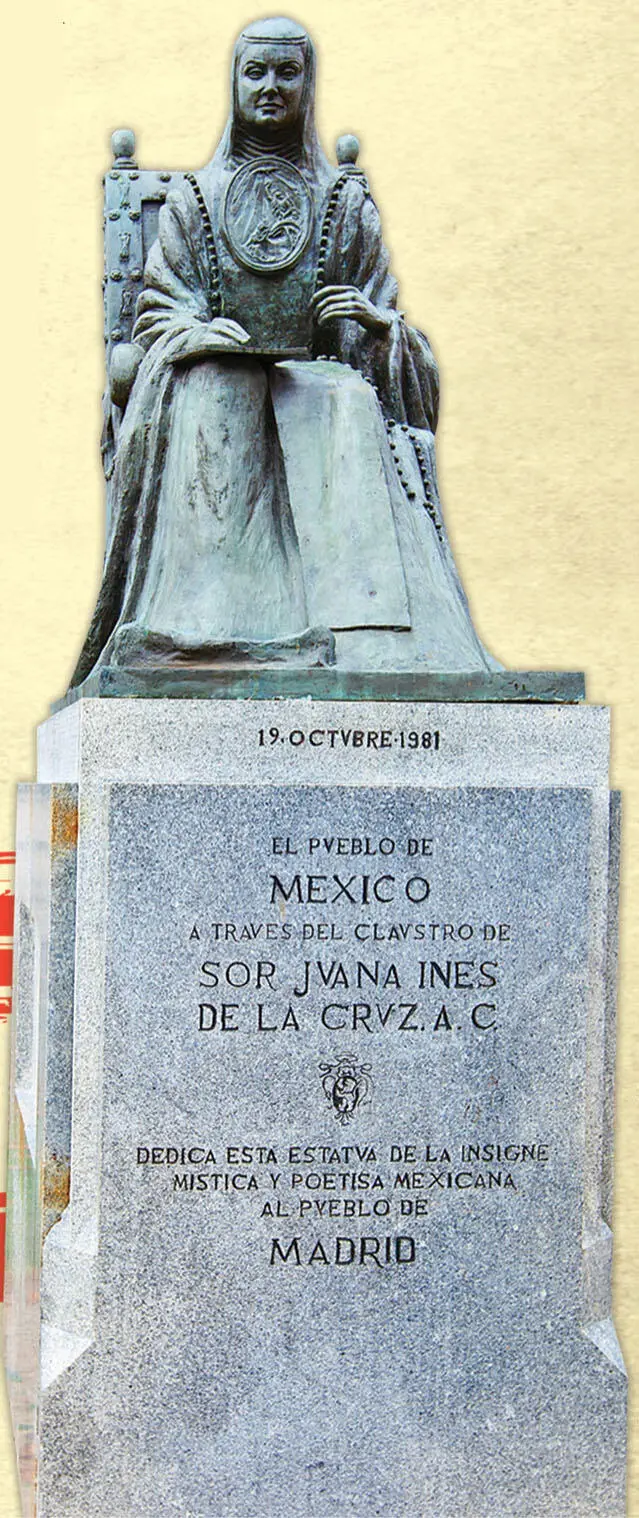
A statue of Sister Juana Inés de la Cruz, given from Mexico to Madrid, Spain in 1981
| FABULOUS FIRSTS |
 |
FIRST PUBLISHED FEMINIST OF THE “NEW WORLD” |
JULIA MARGARET CAMERONEARLY PIONEER OF PHOTOGRAPHY
FULL NAME: Julia Margaret Cameron
BORN: JUNE 11, 1815, CALCUTTA, INDIA
DIED: JANUARY 26, 1879, KALUTARA, SRI LANKA
NATIONALITY: BRITISH
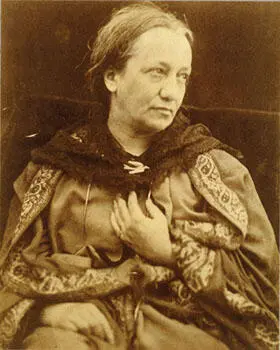
Читать дальше






















